Occupation Merchant Name Karl Fiehler | Nationality German Role German Politician Political party Nazi party | |
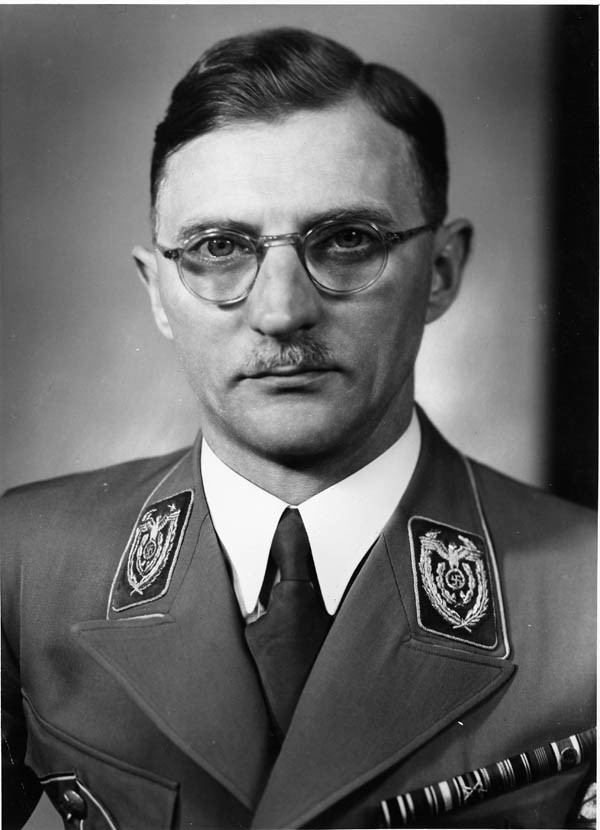 | ||
Died December 8, 1969, Diesen am Ammersee, Germany | ||
M nchen bewegt und leuchtet featuring karl fiehler
Karl Fiehler (31 August 1895 – 8 December 1969) was a German politician of the Nazi Party (NSDAP) and Mayor of Munich from 1933 until 1945.
Contents
- M nchen bewegt und leuchtet featuring karl fiehler
- Early life
- Early Nazi party career
- In power
- Mayor of Munich
- Persecution of the Jews
- Downfall and death
- Decorations
- Literature
- References
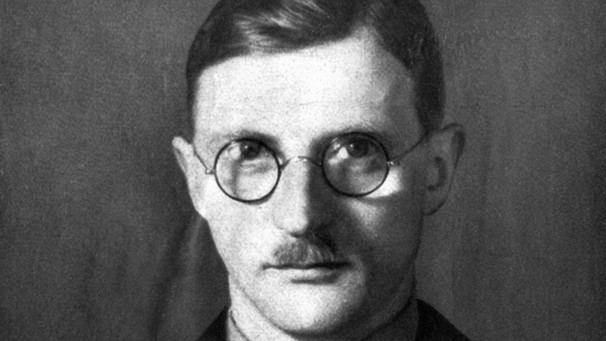
Early life
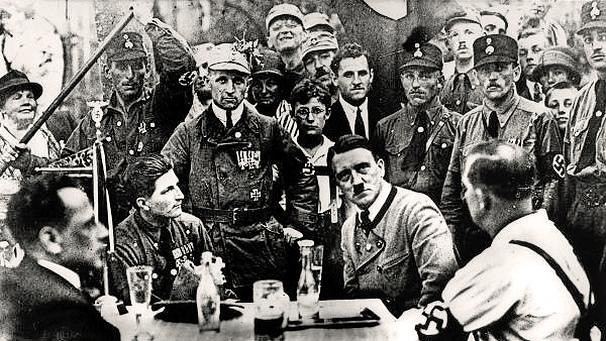
Fiehler was born in Braunschweig, German Empire. As a child, he attended a secondary modern school in Munich and afterwards he began a merchant apprenticeship, which he continued in Schleswig-Holstein in 1914. Fiehler served in World War I and was decorated with the Iron Cross, second class. In 1919 he entered the local government of the City of Munich as an administration trainee and in 1922 successfully passed the examination for the administrative and clerical grade.
Early Nazi party career
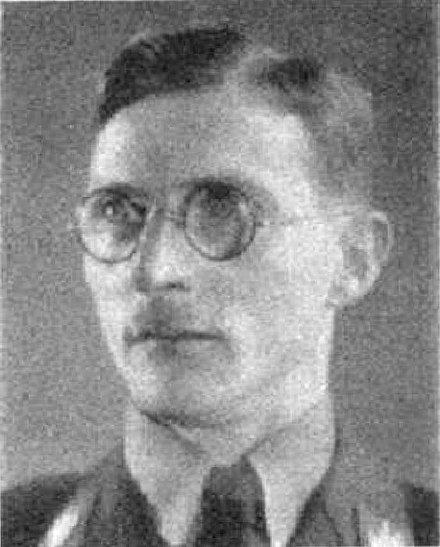
By 1920 he had already joined the Nazi-Party with the membership number 37. In 1923, by now a convinced National Socialist, Karl Fiehler became a member of the "Stoßtrupp Hitler" (English: Shock Troop-Hitler), that had been established to protect the Führer from encroachments of the party-owned Sturmabteilung (SA). On 8 and 9 November 1923 he participated actively in the failed Beer Hall Putsch. For his participation Fiehler was sentenced to 15 months confinement in Landsberg fortress.
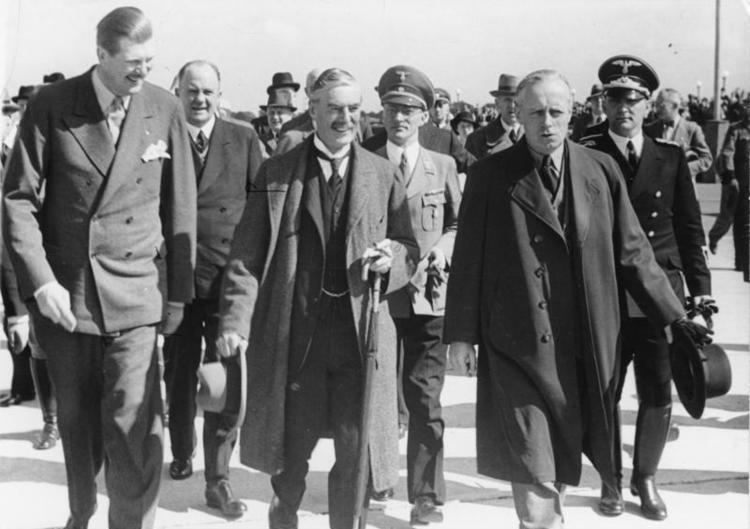
From 1924 until 1933 he was an honorary alderman and in 1929 he outlined the principles of Nazi local politics in his 80-page booklet "National Socialist Municipal Policy", printed by the Munich publishing house "Franz-Eher-Verlag", which was the central party publisher of the NSDAP. During the 1930s he published on several occasions concerning local politics in Germany from a National Socialist point of view.
Fiehler, who—as a Nazi of the first hour—was not only allowed to call himself proudly "Alter Kämpfer" (English: Old Combatant), which meant members who had joined the Party before the Nazi takeover on 30 January 1933, but could also call himself one of the "Alte Garde" (English: Old Guard) pre-eminent in the hierarchy as (party members with membership numbers under 100,000) and climbed the party career ladder rapidly. From 1927 until 1930 he was Ortsgruppenleiter (English: Local Chapter Leader) of the Nazi Party in Munich.
In power
Following the "Machtergreifung" (English: "Power takeover") of January 1933, Fiehler's rise in the party continued. From 1935 until the end of the Third Reich in 1945 he held the rank of a "Reichsleiter" of the NSDAP (English: Reich Leader), at first as a secretary and afterwards as the "Head of the Main Office for Local Politics". He also belonged to the top-level management circle of the Nazi Party and being one of the twenty most intimate co-workers of Adolf Hitler in the NSDAP-organization moved up the ranks quickly: On 31 July 1933 he became Standartenführer, on 24 December 1933 Oberführer and finally on 27 January 1934 SS-Gruppenführer.
From 1933 until 1945 Karl Fiehler was also a member of the Nazi Reichstag which existed after the Enabling Act of 1933 and the so-called Gleichschaltung. On 30 January 1942, Fiehler was promoted to SS-Obergruppenführer and was immediately assigned to the "Stab Reichsführer SS (RFSS)" (English: Staff of the SS Field Marshal) Heinrich Himmler where he remained until 9 November 1944.
Mayor of Munich
On 9 March 1933 the SA occupied the Munich town hall and unfurled the swastika flag. Despite the then First Mayor Karl Scharnagl, who belonged to the conservative Bavarian People's Party (BVP) and who defied the new rulers for eleven days on the top of the old city administration, eventually however, on 20 March 1933 he "had to yield to force". On this day Adolf Wagner, Nazi Home Secretary of the Free State of Bavaria and "Gauleiter" of Munich and Upper Bavaria, appointed Karl Fiehler Provisional First Mayor and on 20 May 1933 Fiehler got the title "Oberbürgermeister" (English: Lord Mayor), a title that did not exist in Munich at that time.
All parties and organizations opposing the political "Gleichschaltung" (English: enforced conformity) were forbidden as a result of the National Socialist takeover, in Munich as well as throughout Germany. The "Book burning" (German: Bücherverbrennung) on the "Königsplatz" Square in front of the "Staatliche Antikensammlung" (English: Antiquity Collection) on 10 May 1933, the persecution of "non-folkish" (German: "nicht-völkisch") writers, artists and scientists caused an exodus of Munich's intellectual elite. Thomas Mann and his family did not return from a journey abroad. On 22 March 1933 the Provisional Chief Constable of Munich, Heinrich Himmler, inaugurated the Dachau concentration camp.
In 1933 the "German Association of Cities" (German: "Deutscher Städtetag") was forced to merge with other municipal umbrella organizations to form the "Deutscher Gemeindetag" (English: German Local Authorities Association). Karl Fiehler, the influential Lord Mayor of Munich, was appointed chairman of this unity organization. The administrative office was situated on Alsenstraße in the Berlin-Tiergarten district. On 2 August 1935 a memorable conversation took place between Adolf Hitler and Karl Fiehler in the course of which Munich received a new epithet: "Hauptstadt der Bewegung" (English: Capital of the Movement). This "title" was given to remind the Germans of the NSDAP origins in Bavaria's metropolis.
During the 1930s a number of model buildings, prime examples of grandiose Nazi architecture, had been erected by Paul Ludwig Troost, the predecessor of Albert Speer as Hitler's "Court Master Builder", in Munich. A radical remodelling of Munich was intended, which Karl Fiehler wanted to illustrate as editor of the pictorial book "München baut auf. Ein Tatsachen- und Bildbericht über den nationalsozialistischen Aufbau in der Hauptstadt der Bewegung" (English: "Munich Rebuilds. A Factual and Pictorial Report on National Socialist Reconstruction in the Capital of the Movement"). By amalgamations on a grand scale, particularly in the west ("Pasing" district), the Munich population figure increased considerably from 746,000 (1936) to 889,000 (1943). Nevertheless, major projects like the relocation of the Munich Central Station to "Laim" district, did not get beyond the planning stage.
Persecution of the Jews
Munich under Karl Fiehler became the vanguard wherever it concerned actions against Jews. In the spring of 1933 the first systematic boycott against Jewish shops was very zealously carried out by Fiehler. On 30 March he decreed this sanction with anticipatory obedience, as the "official" date was actually 1 April. The SA and SS had been terrorising Jewish businessmen since the very beginning of March and had been taking them into "Schutzhaft" (English: protective custody). Fiehler proscribed - without any legal basis - municipal contracts with so called "non-German" companies. SA sentries bedaubed the fronts of Jewish shops with inscriptions like "Jew", the Star of David or "On vacation in Dachau!". Shop windows were smashed in and their clients were intimidated, being mobbed by SA men who molested, registered and even photographed them. Later on the City of Munich hurried, in a quite exceptional manner, with the demolition of Jewish places of worship. The Minister of propaganda, Joseph Goebbels, had already commenced the destruction of Munich's main synagogue in June 1938, just to find out, whether the 'public's reaction would be shock or indifference. The apathetic behaviour of the population would encourage the Nazis to further new outrages.
On 9 November 1938 almost the whole Nazi Party elite convened for a social evening at the invitation of the Lord Mayor Karl Fiehler in the Great Hall of Munich's "Old Guildhall". A vicious anti-Semitic diatribe by Joseph Goebbels was, for the attendant SA- and party-leaders, the signal for a general hunt on Jews. Numerous men and women were killed, tortured and injured in this night of pogrom, which was euphemistically referred to as "Reichskristallnacht" (English: Night of Broken Glass) in Germany afterwards. Many Jewish institutions, synagogues and shops fell prey to this devastation.
Munich's Municipal Cemeteries Department under Karl Fiehler behaved in an absurd, strictly anti-Semitic, manner . It adamantly refused even deceased Christians of Jewish descent cremation or burials. Moreover, so called "Jewish Christians" were no longer allowed to be buried in their own family graves, which had been in existence for generations. The Department referred bureaucratically to surviving dependants as the "Israelite Community". Amongst other things it was no longer allowed to wear Protestant vestments at a funeral in a Jewish-orthodox graveyard. Johannes Zwanzger, who was appointed head of the "Munich aid office for non-Aryan Christians", formulated a letter of complaint to Lord Mayor Fiehler on behalf of the Bavarian Lutheran Regional Consistory in December 1938, without any success.
During World War II genocide followed the disfranchisement of Jews. On November 20, 1941 the first transport of 1,000 Jewish men and women departed from Munich for Riga. The fictitious reason given to the scared people was that it was a matter of "evacuation". The transport was re-routed to Kaunas in Lithuania, because the Riga ghetto was overcrowded at this time. Just after their arrival there, the deportees were murdered in a mass shooting by members of the Einsatzgruppe A under the command of SS-Brigadeführer Franz Walter Stahlecker in Fort IX of Kaunas. Up to February 1945 a total of 42 transports left Munich at irregular intervals: to exterminations in Kaunas, Piaski, (near Lublin), Auschwitz and also at the so-called "Ghetto for old and prominent people", the Concentration camp Theresienstadt.
Downfall and death
In the early afternoon of 30 April 1945, the first American soldiers, 27-year-old Lieutenant Wolfgang F. Robinow and his men approached Munich's central square "Marienplatz". With the surrender of the town hall the National Socialist dictatorship had definitely ended in Munich. Fiehler had already left the guildhall a long time before the occupation of Munich took place, without a struggle. On 4 May 1945, four days before the official end of World War II in Europe, the victorious American Forces reinstated Karl Scharnagl as Lord Mayor of the Bavarian capital.
Following the Holocaust Munich's Jewish life was almost extinct. Of the 12,000 Munich Jews before the Holocaust, 7,500 would flee from the Nazis just in time. Approximately 3,000 had been deported to concentration camps, almost half of these to Theresienstadt. Only 430 surviving Munich Jews returned to their home town in 1945.
In May 1945 the City of Munich counted the cost of the war, with 22,346 prisoners of war, 6,632 bomb war fatalities, approximately 15,000 wounded and about 300,000 homeless persons. By death, evacuation and exodus from the city the population had declined from 824,000 in 1939 to 479,000 in 1945. Ninety percent of Munich's historic Old Town had been destroyed and taking the city as a whole, fifty percent had been destroyed.
In January 1949 Karl Fiehler, who was married and had three daughters, was sentenced to two years in a labour camp, the confiscation of one-fifth of his property and a twelve-year employment ban after "Spruchkammerverfahren" (English: "proceedings before denazification tribunals"). However he did not have to serve the sentence because the previous three and a half years of his detention were credited to the term of his imprisonment. Fiehler died on 8 December 1969 in the village of Dießen on the idyllic Lake Ammersee in the foothills of the Bavarian Alps.
